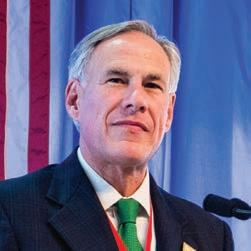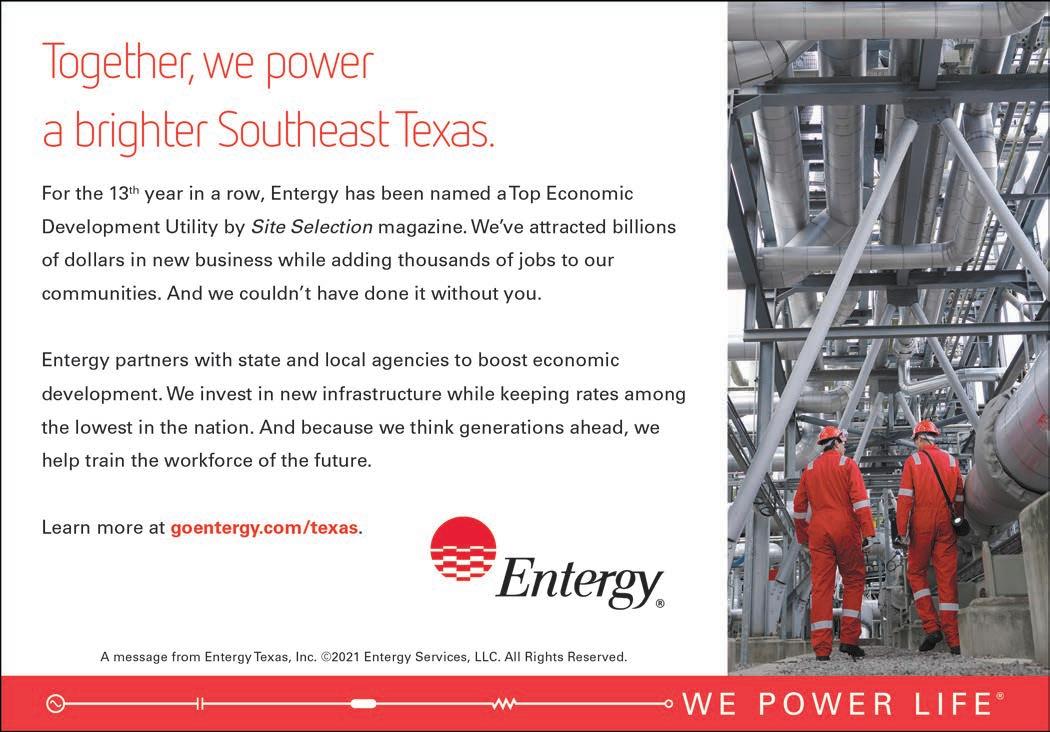
3 minute read
Logistics & Distribution
One example can be found in Houston, where First Solar announced in June 2020 it had signed a 15-year power purchase agreement with Dow, Inc., for its Gulf Coast operations. Dow’s Texas Operations is the largest petrochemical site in the western hemisphere.
Under the agreement, First Solar will supply Dow with renewable energy from 75 percent of its 200MW Horizon Solar project in Frio County, Texas.
Advertisement
“Dow and First Solar share a common vision for a more sustainable planet and a long history of partnership,” said Edward Stones, Dow’s global business director for
Energy and Climate Change. “Multiple raw materials, components, and derivative products produced by Dow contribute to the reliability and sustainability of First Solar’s module technology, including ENGAGE PV polyolefin elastomers. Now we are putting that technology to work in helping to power our operations in Texas and to reach Dow’s 2025 Sustainability Goal of obtaining 750 megawatts of our power demand from renewable sources.”
In January, London-based Lightsource bp announced that its Impact Solar project located in Lamar County, 120 miles northeast of Dallas, had successfully completed construction and entered full gridconnected commercial operation. Through a long-term agreement, bp will sell the energy generated by the 260-MW project. The project represents an investment of $250 million in the Texas region, with 320 workers on site during construction.
As part of its strategy to be a netzero company by 2050 or sooner, by 2030 bp plans to increase low carbon investments to around $5 billion a year. This includes developing around 50 gigawatts (GW) of net renewable energy generating capacity — a 20fold increase on the 2.5GW to date.
“This project in Texas is a great example of how our joint venture with bp is furthering our shared mission to accelerate the implementation of solar,” said Kevin Smith, CEO of the Americas, Lightsource bp. “Since bp’s initial investment in the company in
2017 and our subsequent expansion into the U.S., the team has developed a pipeline of 8 gigawatts of large-scale solar projects at various stages of development in 20 states across the U.S. — with more than 2 gigawatts of executed power contracts representing almost $2 billion in near term projects.”
As with wind, solar development is helping a lot more people than developers and off-takers. Impact Solar is on land that is leased to Lightsource bp from local landowners, providing families with a diversified source of reliable income for 25 or more years. “For many farmers, the revenue from leasing a portion of their land for solar as a new type of crop can help them continue with their farming business,” Lightsource bp said in a release.
“With ranching or farming, there’s

— Texas Governor Greg Abbott, December 2020
no guarantee of income. You make your own check out of dirt,” said landowner Gerald Cooper. “With solar, you’re guaranteed a check at the end of the year. I still enjoy farming, but solar has allowed me to enjoy it more because I don’t have the dread of the market dropping or of drought, which has been our biggest challenge.”
“Our dad was born on the land, which has been in our family for over 100 years,” added landowner Joy Cooper. “With solar, we’re able to keep the land in the family. The number one thing is that we will still have a connection to the land, and we’re comfortable that Lightsource bp will be good stewards.”
Stewardship in Texas means sustainability and economic growth are not mutually exclusive.

In addition to helping bp achieve net-zero carbon emission goals, the 260-MW Impact Solar installation that went live in Lamar County in January 2021 is on land that is leased to Lightsource bp from local landowners, providing farming families with a diversified source of reliable income for 25 or more years.
Photo courtesy of Lightsource bp











